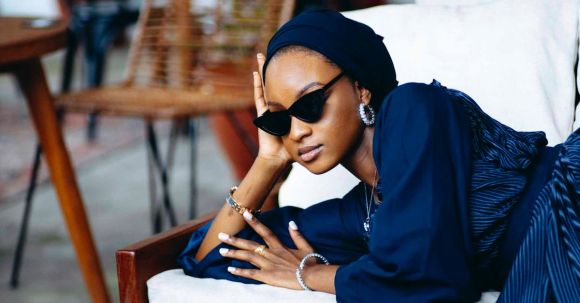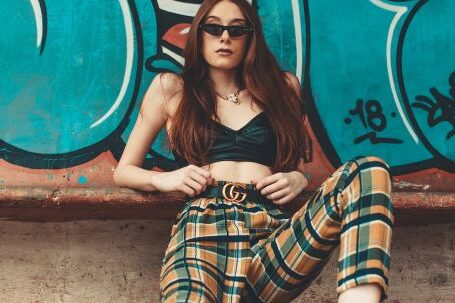In recent years, the fashion industry has been making strides towards embracing diversity and promoting inclusivity. This shift is not only a reflection of changing societal attitudes but also a recognition of the immense value that diversity brings to the table. From runway shows to ad campaigns, fashion brands are increasingly featuring models of different ethnicities, body types, and abilities, making a powerful statement about the importance of representation.
Breaking Stereotypes: Redefining Beauty Standards
For far too long, the fashion industry has perpetuated narrow beauty standards that exclude a vast majority of the population. However, the tide is turning as designers and brands are stepping up to challenge these stereotypes. They are intentionally casting models who don’t fit the traditional mold, showcasing the beauty of diversity. This shift in perspective allows individuals of all backgrounds to see themselves represented in the world of fashion, fostering a sense of belonging and acceptance.
Celebrating Different Body Types
One significant aspect of the fashion industry’s move towards inclusivity is the celebration of different body types. For too long, the industry has been criticized for promoting unrealistic and unhealthy body ideals. However, brands are now featuring models of various sizes, promoting body positivity and self-acceptance. This shift not only empowers individuals who have historically felt excluded but also helps to redefine societal beauty standards. By showcasing a diverse range of body types, the fashion industry is sending a message that beauty comes in all shapes and sizes.
Promoting Cultural Diversity
Another aspect of the fashion industry’s embrace of inclusivity is the promotion of cultural diversity. Fashion brands are increasingly incorporating traditional clothing, patterns, and designs from different cultures into their collections. This not only allows for the celebration and appreciation of diverse cultures but also provides an opportunity for designers from underrepresented communities to showcase their talent. By embracing cultural diversity, the fashion industry is reframing the narrative and challenging the notion of cultural appropriation.
Representation for all Abilities
Fashion has often been criticized for its lack of representation when it comes to individuals with disabilities. However, there has been a notable shift in recent years, with brands featuring models with disabilities in their campaigns and runway shows. This move towards inclusivity not only provides much-needed representation for individuals with disabilities but also seeks to challenge societal perceptions of beauty and ability. By showcasing individuals of all abilities, the fashion industry is helping to break down barriers and promote inclusivity.
The Importance of Authentic Representation
Inclusivity in the fashion industry goes beyond tokenism; it requires authentic representation. Brands must not only cast diverse models but also ensure that individuals from different backgrounds are involved in decision-making processes. This means having diverse teams of designers, stylists, and creative directors who can bring their unique perspectives to the table. By embracing diversity at all levels, the fashion industry can create meaningful change and ensure that inclusivity becomes the norm rather than the exception.
Conclusion: A New Era of Inclusivity
The fashion industry’s move towards inclusivity is a significant step in the right direction. By embracing diversity, challenging stereotypes, and promoting authentic representation, fashion brands are not only reshaping societal beauty standards but also creating a more inclusive and accepting world. However, there is still work to be done. It is essential for the fashion industry to continue pushing the boundaries of inclusivity and to actively seek out and uplift voices that have traditionally been marginalized. Only then can fashion truly become a platform for celebrating the beauty and diversity of humanity.




